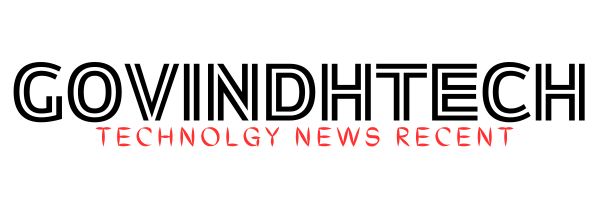At Google I/O this year, we unveiled several AI-first experiments in development, one of which is Project Tailwind. Today, we are excited to roll out Project Tailwind under its new name: NotebookLM. This experimental offering from Google Labs aims to reimagine notetaking software by leveraging the capabilities of powerful language models at its core.
NotebookLM is designed to address the challenge of synthesizing information and ideas from multiple sources in an era of overwhelming data growth. Through conversations with students, professors, and knowledge workers, we have identified the need to create connections more efficiently. We set out to build a tool that would help people make these connections faster, especially using the sources they care about most.
NotebookLM is an AI-powered notebook that utilizes the power and potential of language models, combined with your existing content, to provide critical insights at an accelerated pace. Think of it as a virtual research assistant capable of summarizing facts, explaining complex concepts, and facilitating new connections based on the sources you choose.
One key distinction between NotebookLM and traditional AI chatbots is the concept of “source-grounding.” NotebookLM allows you to ground the language model in your notes and selected sources. By doing so, you create a personalized AI assistant that is well-versed in the information relevant to you. Starting today, you can ground NotebookLM in specific Google Docs of your choice, and we will soon expand support for additional formats.
Once you have selected your Google Docs, you can leverage NotebookLM to:
- Get a summary: Upon adding a Google Doc to NotebookLM, it automatically generates a summary of the content, highlighting key topics and providing relevant questions to enhance your understanding of the material.
- Ask questions: When you desire a deeper dive, you can ask questions about the documents you have uploaded. For instance:
- A medical student could upload a scientific article on neuroscience and request NotebookLM to “create a glossary of key terms related to dopamine.”
- An author working on a biography could upload research notes and ask a question like: “Summarize all the instances of interaction between Houdini and Conan Doyle.”
- Generate ideas: NotebookLM extends beyond Q&A capabilities, demonstrating its value when it assists in generating creative ideas. For example:
- A content creator can upload ideas for new videos and ask: “Generate a script for a short video on this topic.”
- An entrepreneur seeking funding can upload their pitch and inquire: “What questions would potential investors ask?”
While NotebookLM’s source-grounding feature reduces the risk of model “hallucinations,” it is always important to fact-check the AI’s responses against your original source material. When drawing from multiple sources, we make fact-checking easy by providing citations with each response, presenting the most relevant original quotes from your sources.
Learning and collaborating are fundamental to the development of NotebookLM. Our team at Google Labs has two primary goals:
- Building a product with our users: We actively seek feedback from individuals and communities to understand what works well and identify areas where improvements are needed, aiming to make NotebookLM a truly valuable tool.
- Responsible rollout of technology: Gathering feedback directly from users is an essential aspect of developing AI responsibly. We adhere to a stringent set of safety criteria aligned with our AI Principles and implement appropriate safeguards before expanding to more users and introducing new functionality.
We have constructed NotebookLM in such a way that the model only accesses the source material you choose to upload, ensuring that your files and interactions with the AI remain private and invisible to other users. We do not employ any data collected to train new AI models.
NotebookLM represents an exciting step in notetaking innovation, and we invite you to join us on this journey of exploration and improvement. Your feedback will play a crucial role in shaping the future of NotebookLM as a genuinely useful product.
FAQS
What is NotebookLM?
It is a new kind of notebook designed to help people learn faster. NotebookLM in such a way that the model only accesses the source material you choose to upload, ensuring that your files and interactions with the AI remain private and invisible to other users
What is the difference between Google notebookLM and Google Docs?
Google Docs is a more powerful and versatile document editor than Google notebookLM. It allows you to collaborate with others, track changes, and insert comments.


[…] Israel Defense Forces (IDF) has recently incorporated artificial intelligence (AI) into its operations to enhance target selection for air strikes and streamline wartime logistics. […]